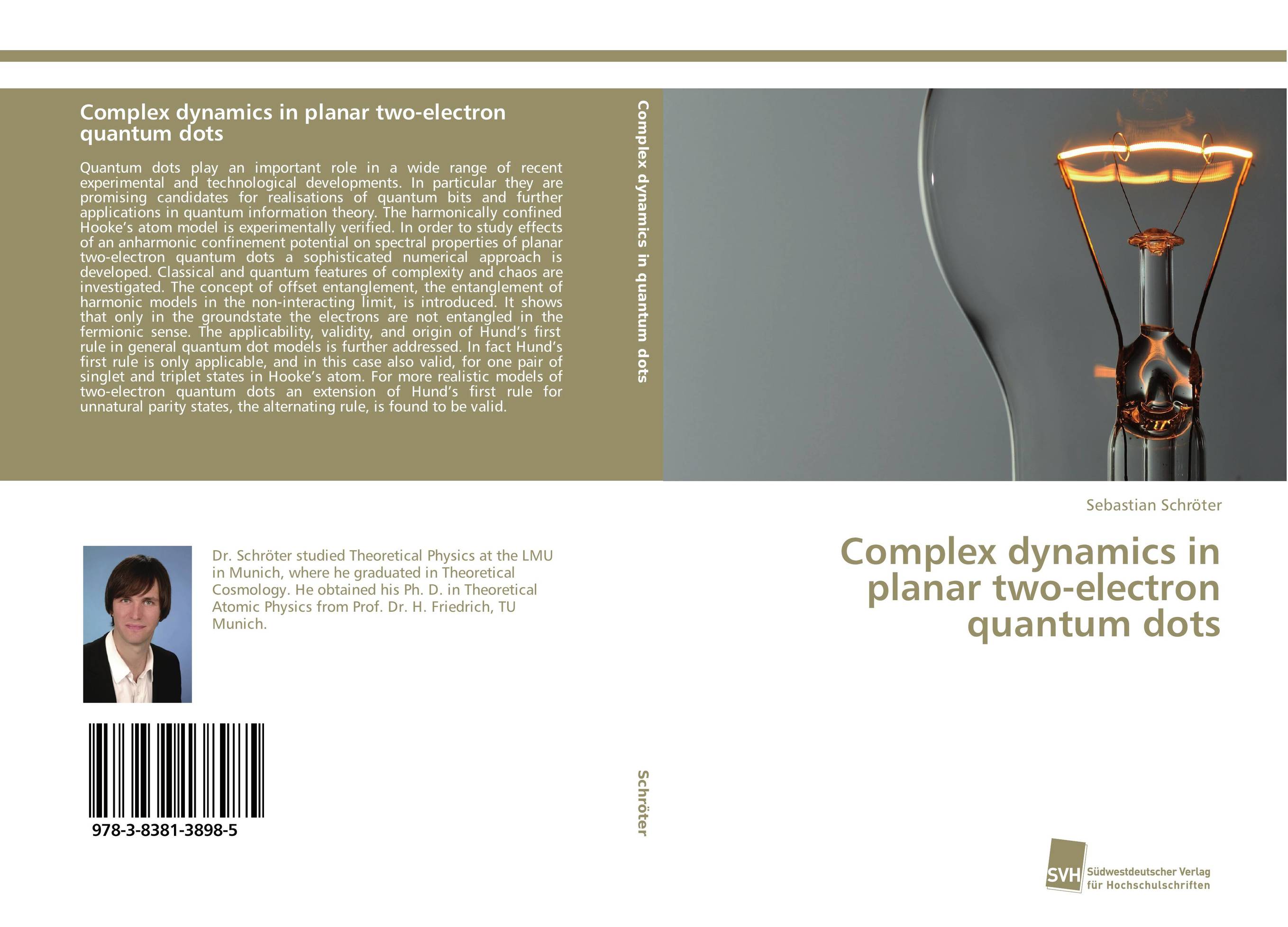| Поиск по каталогу |
|
(строгое соответствие)
|
- Профессиональная
- Научно-популярная
- Художественная
- Публицистика
- Детская
- Искусство
- Хобби, семья, дом
- Спорт
- Путеводители
- Блокноты, тетради, открытки
Complex dynamics in planar two-electron quantum dots.

В наличии
| Местонахождение: Алматы | Состояние экземпляра: новый |

Бумажная
версия
версия
Автор: Sebastian Schr?ter
ISBN: 9783838138985
Год издания: 2014
Формат книги: 60×90/16 (145×215 мм)
Количество страниц: 160
Издательство: S?dwestdeutscher Verlag f?r Hochschulschriften
Цена: 49670 тг
Положить в корзину
| Способы доставки в город Алматы * комплектация (срок до отгрузки) не более 2 рабочих дней |
| Самовывоз из города Алматы (пункты самовывоза партнёра CDEK) |
| Курьерская доставка CDEK из города Москва |
| Доставка Почтой России из города Москва |
Аннотация: Quantum dots play an important role in a wide range of recent experimental and technological developments. In particular they are promising candidates for realisations of quantum bits and further applications in quantum information theory. The harmonically confined Hooke’s atom model is experimentally verified. In order to study effects of an anharmonic confinement potential on spectral properties of planar two-electron quantum dots a sophisticated numerical approach is developed. Classical and quantum features of complexity and chaos are investigated. The concept of offset entanglement, the entanglement of harmonic models in the non-interacting limit, is introduced. It shows that only in the groundstate the electrons are not entangled in the fermionic sense. The applicability, validity, and origin of Hund’s first rule in general quantum dot models is further addressed. In fact Hund’s first rule is only applicable, and in this case also valid, for one pair of singlet and triplet states in Hooke’s atom. For more realistic models of two-electron quantum dots an extension of Hund’s first rule for unnatural parity states, the alternating rule, is found to be valid.
Ключевые слова: chaos, Quntenpunkte, Komplexe Dynamik, Verschr?nkung, Hundsche Regel



